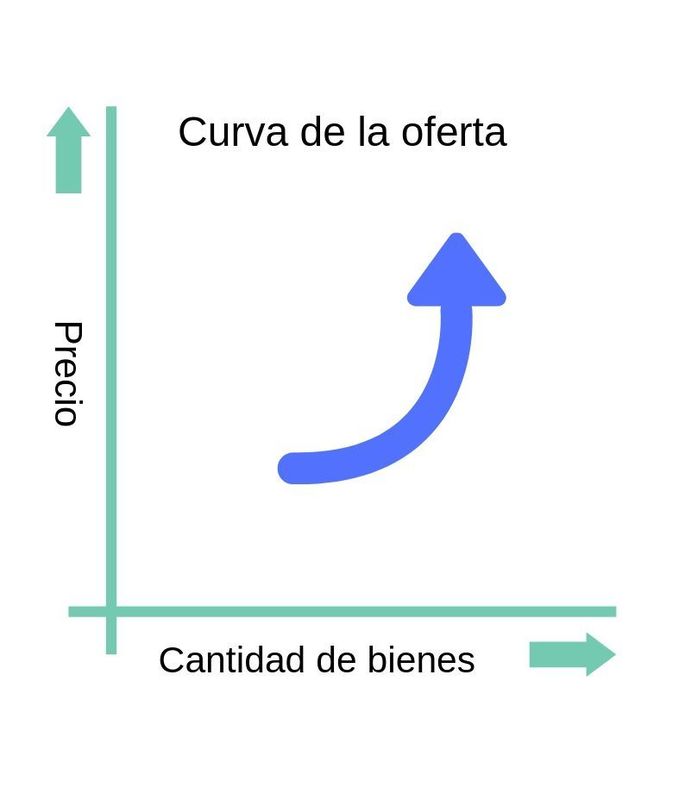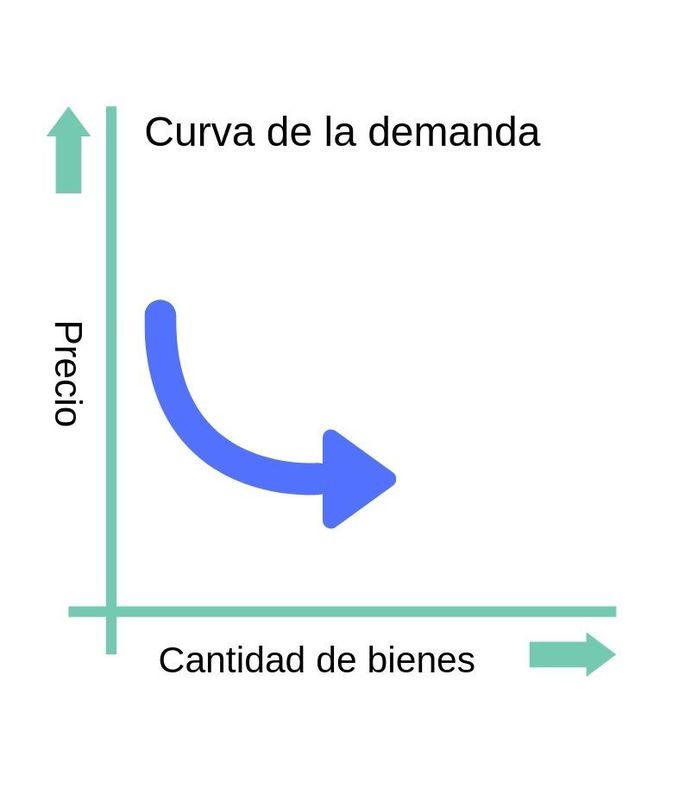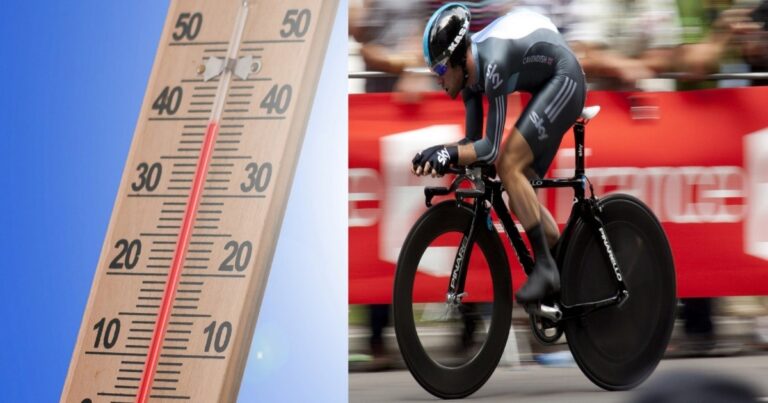Supply is the quantity of products and services available in a specific market. The higher the price, the greater the supply.
Demand is the quantity of products and services attempted to be purchased in a specific market. The higher the price, the lower the demand.
| Supply | Demand | |
| Definition | Quantity of goods available for sale in a given market, a given period and at a specified price. | Quantity of goods that people are willing and able to buy in a given market, a given period and at a specified price. |
| Influencing factors |
|
|
| Theoretical laws that support them | Law of supply: the higher the price, the greater the supply. | Law of demand: the higher the price, the lower the demand. |
What is supply?
Supply is defined as the quantity of goods that producers are willing to place on the market for sale in a given period.
When the product on offer has a high price, it is assumed that there will be a higher profit margin, which generates an incentive to increase production.
However, when the price is low, supply decreases, as there is no profitability incentive.
Factors affecting supply
The quantity of products available will depend essentially on the selling price, but also on other related factors, such as sales expectation, production feasibility and market freedoms or restrictions, among other factors.
Production costs
If costs are favorable for production, supply will increase, but if costs are unfavorable, supply will decrease.
For example, in the production of many candies, sugar is required, which is essential in the production of the product. If the price of that ingredient falls, supply will increase. If the price of sugar increases to such an extent that it becomes unviable to buy it, production will decrease, as it will become unprofitable to produce in large quantities.
Technology
The use of obsolete technology can limit the production of a good, so its supply will be low. On the other hand, innovation and state-of-the-art technology generate a simplification of processes that generally contribute to lower production costs, thus increasing supply, since greater product availability is guaranteed in less time.
For example, a company that manufactures pants with old machines will have a limited supply compared to another company that does the same thing, but with updated machines, which allow it to create more pieces per hour.
Legislation and economic policies
Each country has a regulatory framework for economic activities. Depending on this, and on the changes that may arise in this area, supply may be affected.
For example, the application of a tax exemption for the automotive industry will generate a greater supply of available automobiles. On the other hand, trade restrictions that set a certain price band will cause the supply to decrease.
Sales Expectation
The sales expectation has to do with the amount of goods that are projected to be sold in a given period. For this purpose, the relevant market studies are carried out, which will give an idea of what may occur.
If the result indicates a positive trend, i.e., that the product will sell, steps will probably be taken to increase production when necessary. But if the projection is negative, supply will be reduced to avoid losses.
Law of supply
The relationship between the demand for a product and the quantity available on the market is known as the law of supply.
This relationship will be mediated by the price of the product and is of a positive nature, i.e. the higher the price, the greater the availability.
Supply curve

A graphical representation used to illustrate the relationship between the quantity of products available and the selling price.
Usually, the supply curve is represented on a Cartesian plane (x-axis and y-axis) and what is expected to be obtained is an intersection between the two variables. If the intersection occurs on an upward curve, it is a positive relationship (higher price, higher supply, hence more goods available for sale), and if it is a downward curve, it is a negative relationship (lower price, lower supply).
See also: Microeconomics and macroeconomics.
What is demand?
In economics, demand is the quantity of goods that people are willing to buy in a given period and at a certain price. Demand can be based on both needs and wants for non-essential goods, but in both cases the buyer’s ability to pay is a factor.
From this follows the need for purchasing capacity to exist for there to be real demand.
Factors affecting demand
In addition to price, which is a key factor, there are other variables that influence the demand for a good:
Income of the population
It is understood that the higher the income received, the higher the demand, since there are resources to pay for goods and services available at a certain price. When the population’s income falls (high levels of unemployment, inflation, etc.) demand will also fall, since purchasing power is limited.
Tastes and needs
Buyers’ tastes and needs also determine demand. In the case of tastes, these can often change influenced by current trends. For example, if a certain model of shoe is in fashion, it is foreseeable that demand for that product will increase.
Needs have to do with the satisfaction of basic requirements, and although they will always be present (because there will always be a need to buy food and clothes, for example), they will be guided by priorities. How necessary is it to buy a certain brand of food or replace the heating system before the arrival of winter?
Composition of the population
Demand can be affected by demographic factors. For example: a high supply of baby clothes will not be in high demand in a geographic area where older people or childless singles predominate.
Future expectations
Multiple micro and macro economic factors come into play here. The household budget, the possibility of a general wage increase, inflation, the availability of certain raw materials, etc.
When an increase in a certain type of food item is announced, it is expected that people will satisfy their demand before the price rises, i.e., there is an increase in demand.
Law of demand
The law of demand states that if the price is high, demand will be low, and if the price is low, demand will be high. A classic and close example is that of signature clothing stores. When a new collection arrives, prices are very high and demand decreases. But when the discount season arrives and prices are more accessible, demand for those pieces of clothing increases.
Demand curve

The demand curve is a graphical representation relating the quantity of goods demanded to a given price. A falling curve on the graph shows that price is inversely proportional to demand. That is, the lower the price, the higher the demand. If the price goes up, the quantity of goods that can be purchased decreases.
Law of supply and demand
The law of supply and demand is a model of neoclassical economic theory, which posits the relationship between the price of goods and services and the sales they generate.
Although there is no consensus on the originator of the model, records indicate that the term was first used by the English economist James Steuart Denham in his book Studies in the Principles of Political Economypublished in 1776.
This economic model indicates that, in an ideal situation in which companies cannot intervene directly in the price of what they produce (called perfect competition market), there will come a point of equilibrium in which a price will be established that will allow everything on offer to be sold (emptying of the market).
From this it follows that the price of the product will depend on the relationship between the quantity offered (what is available in the market) and the demand for that product (how many people are willing to pay for it).
The law of supply and demand implies the fulfillment of three requirements:
- When demand exceeds supply, the price will increase. If supply is greater than demand, the price will decrease.
- An increase in price causes supply to increase, but demand decreases. Conversely, a decrease in price also decreases supply, but demand increases.
- When demand equals supply, the price equilibrates.
The law of supply and demand has been subject to criticism because it is assumed in a market of perfect competition, with economic equilibrium and understanding that demand and supply are two independent variables. For critics, by eliminating these assumptions, the model cannot be sustained.
However, the law of supply and demand is still used today to explain the micro and macro economic reality of markets.
See also:




